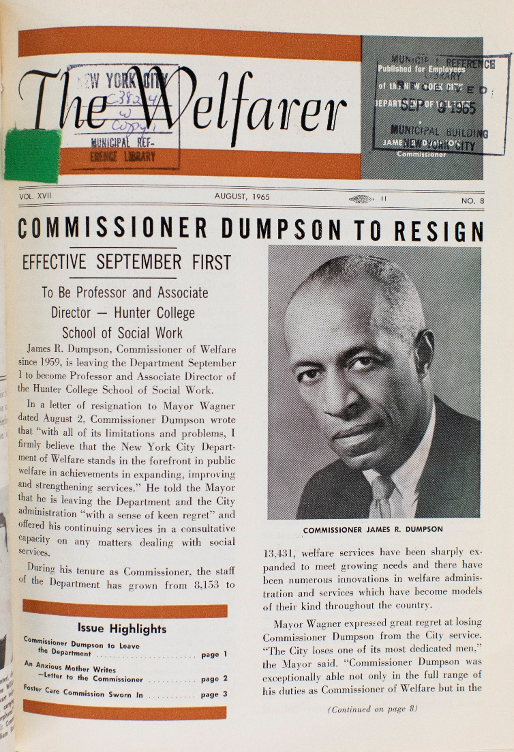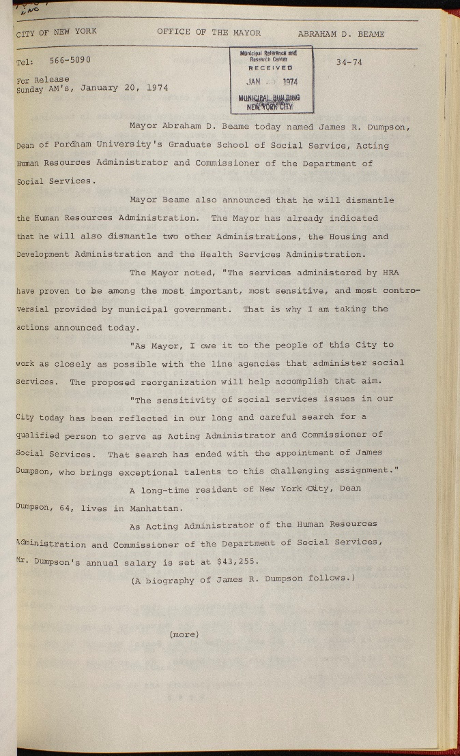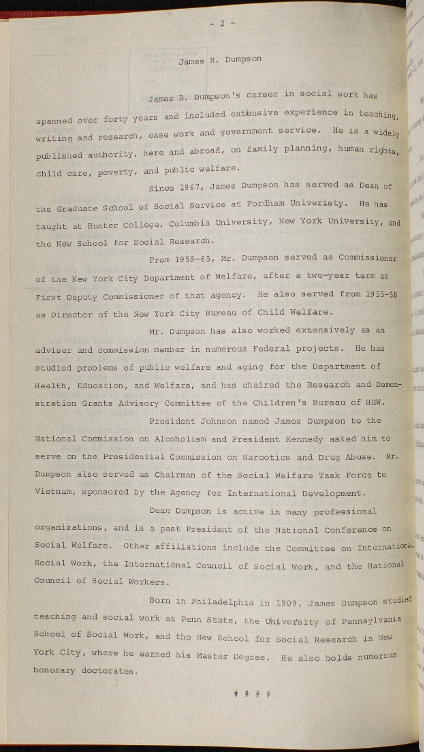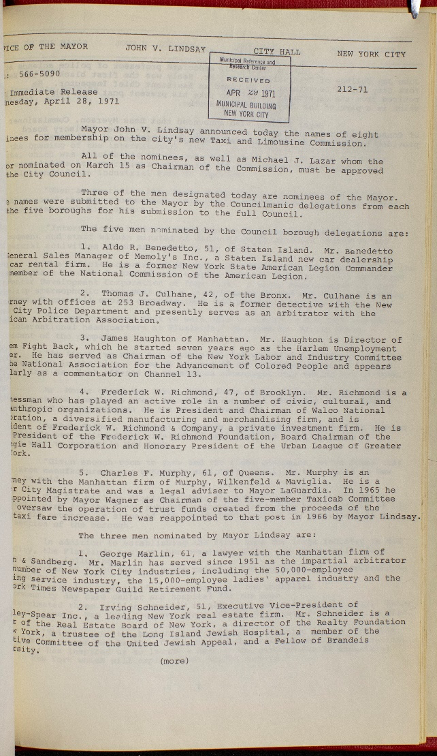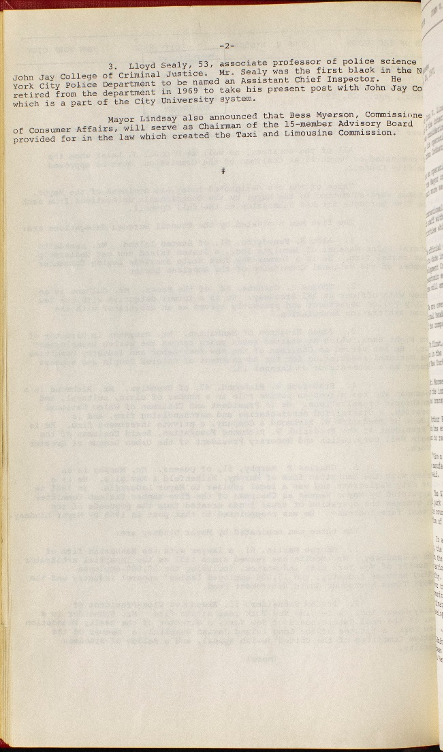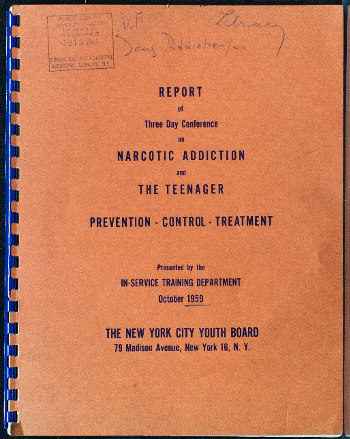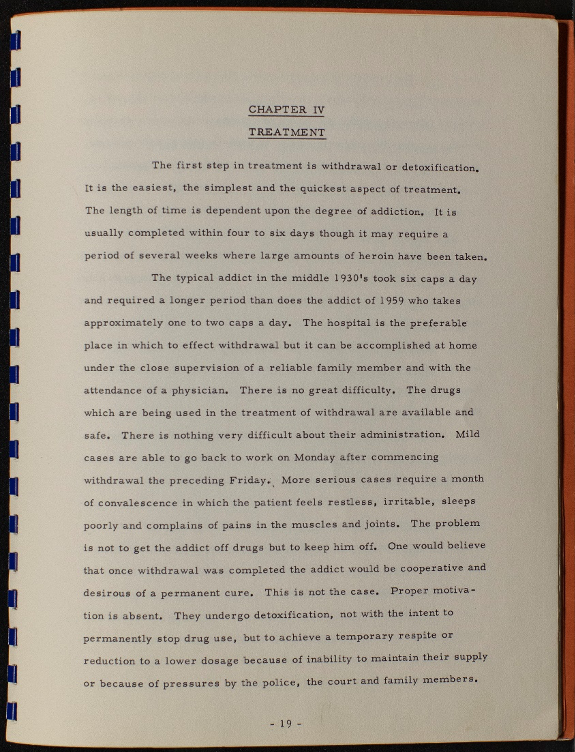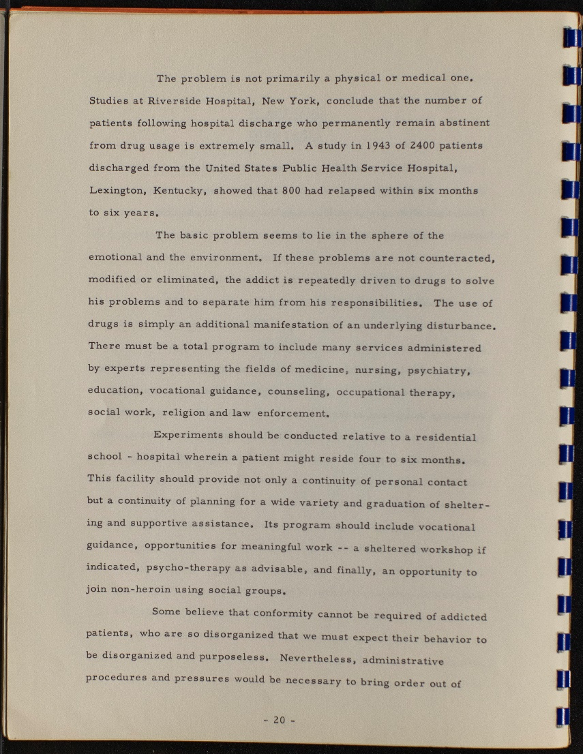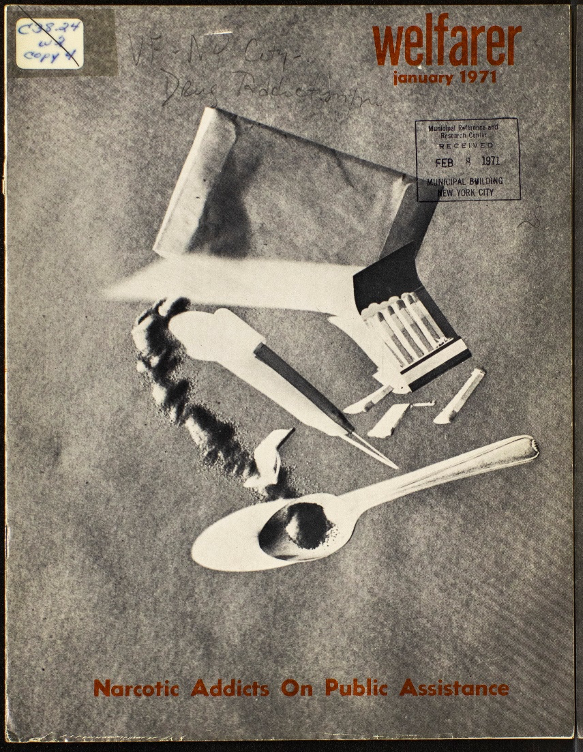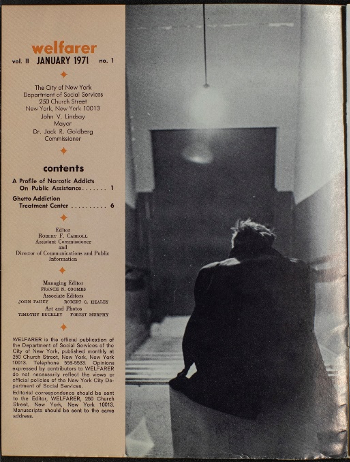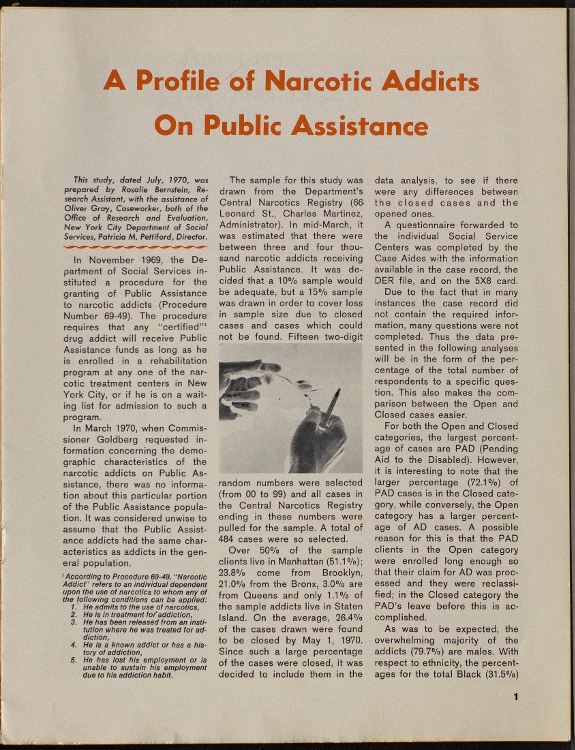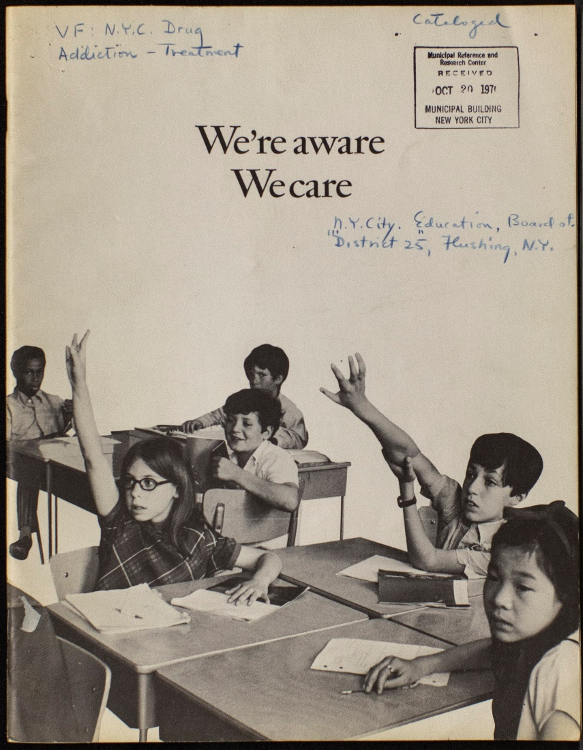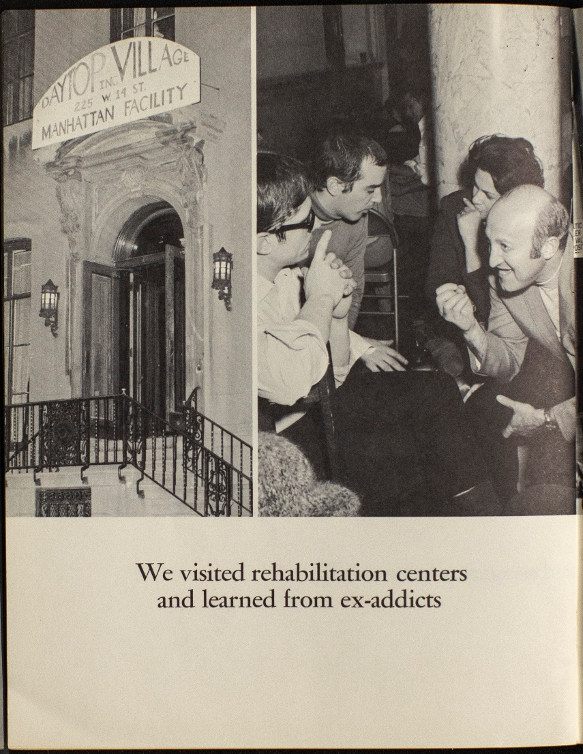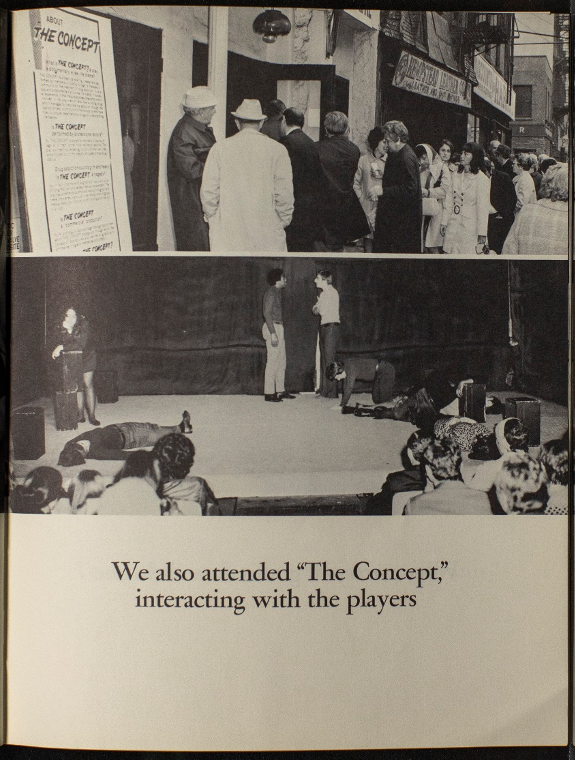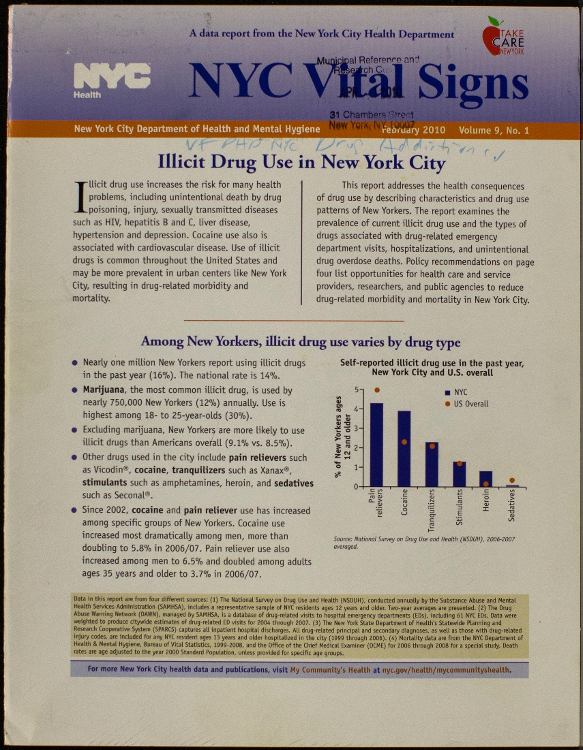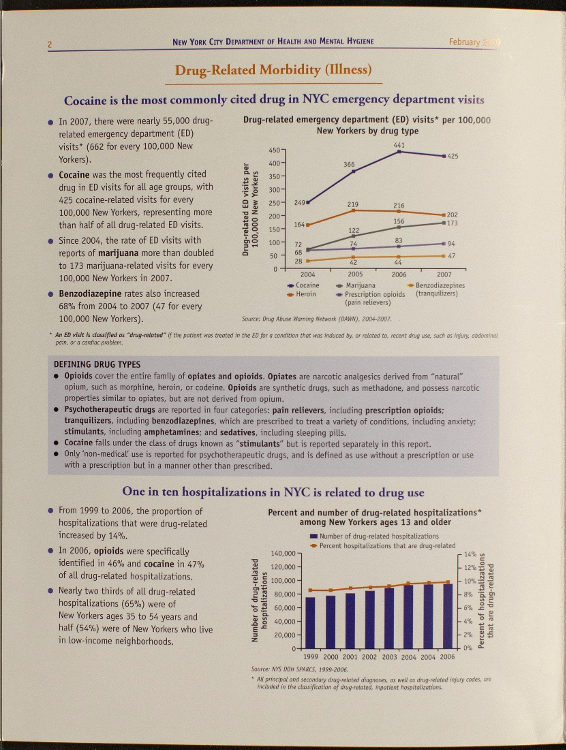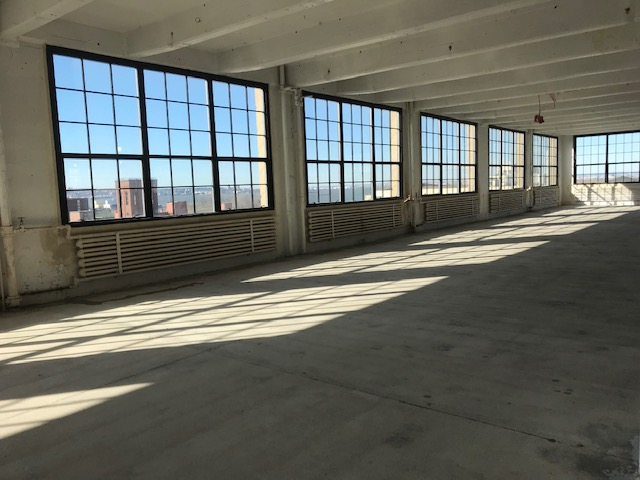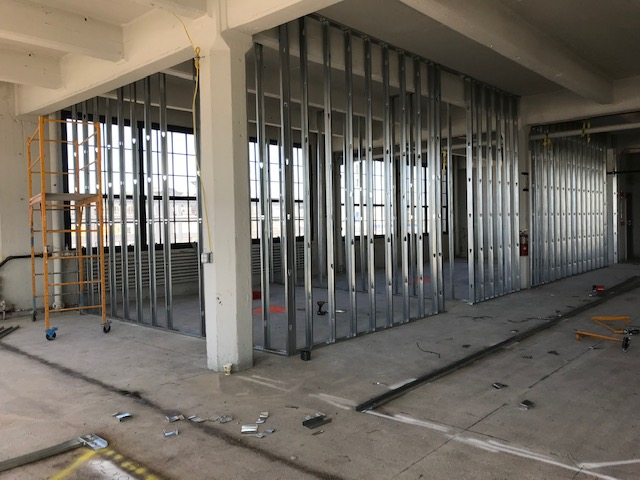|
|
SPOTLIGHT ON: Black History Month |
|||||
By Christine Bruzzese, Director, Municipal Library |
|||||
|
February has been designated Black History Month by Federal law since 1976. This article focuses on two pioneers in city government: James R. Dumpson and Lloyd Sealy. James R. Dumpson served as Commissioner of the New York City Department of Welfare, as it was then known from 1959 to 1965. He was the first African American Commissioner of this agency as well as the first social worker to hold this position. Dr. Dumpson was born in 1909 in Philadelphia, coming to New York in 1940 as a caseworker for the Children's Aid Society. Pursuing advanced studies at Fordham University and the New School, he worked for nonprofit organizations and taught at New York University. Sometime later, he received a Ph.D. from the University of Dhaka in East Pakistan (now Bangladesh). Mayor Robert Wagner appointed James Dumpson as First Deputy Commissioner of Welfare in 1957 after he had worked in city government for three years. During his tenure, staff and services at Welfare increased. Dr. Dumpson left the agency in 1965 to become Associate Dean at Hunter School of Social Work. Mayor Beame appointed Dr. Dumpson to serve as the Commissioner of the Department of Social Services in 1974. In 1975, he resigned to work in the private sector. Mayor Beame praised Commissioner Dumpson as a true innovator and excellent public servant. In 1990, Mayor Dinkins appointed Dr. Dumpson as Chairperson of the Board of the New York City Health and Hospitals Corporation. The National Caucus and Center on Black Aged honored Dr. Dumpson with its Living Legacy Award for his contributions to social work, academia and helping the less fortunate. He passed away in 2012 at the age of 103. Here is an article from the "Welfarer" publication of the NYC Department of Welfare about Dr. Dumpson when he resigned in 1965.
This is a press release from Mayor Abraham Beame, appointing Dr. James Dumpson as Commissioner of Social Services.
Lloyd G. Sealy was born in Harlem in 1917 and grew up in Brooklyn. He worked for the federal government and as a railroad mail clerk before joining the New York City Police Department in 1942. Eventually he obtained a law degree from Brooklyn Law School in 1952. Sealy was promoted to captain at the NYPD in 1963 and also served as a consultant to then-NYPD Commissioner Howard Leary on community relations concerns. Captain Sealy became the first African-American captain to head a city police precinct, the 28th on West 123rd Street in Harlem. He was integral in improving relations between community and police especially after riots erupted in 1964. Two more pioneering achievements took place in 1966. Sealy was promoted to Assistant Chief Inspector which made him the highest-ranking African-American in the NYPD at that time. Later that year, he was named Borough Commander of the Brooklyn North Police District, again a first for an African-American officer. Commander Sealy often worked around the clock; he was known for his calm demeanor and courage in potentially dangerous situation especially in the tumultuous decade of the 1960's. He retired in 1969 and became a professor at John Jay College of Criminal Justice and later became chair of that college's Department of Law, Police Science and Correction Administration. The Library at John Jay College was officially named the Lloyd Sealy Library on December 4, 1991. Sealy passed away in 1985 at the age of 68. Here is a press release from Mayor John Lindsay, appointing Lloyd Sealy to the newly-formed Taxi and Limousine Commission in 1971.
|
Vertical File Feature on Drug Abuse and Treatment |
|||||||||||
By Christine Bruzzese, Director, Municipal Library |
|||||||||||
|
The Public Health vertical files in the Municipal Library contain both historic and more current information on this always timely topic. From 1959: "Report of the Three Day Conference on Narcotic Addiction and the Teenager" presented by the In-Service Training Department at the New York City Youth Board.
These pages describe some guidelines for treatment of addiction.
An issue of the "Welfarer," Department of Social Services publication from January 1971. The article featured here is a study conducted by the NYC Department of Social Services.
Report of an institute on "Living without Drug Abuse," sponsored by New York City School District 25 in Flushing, Queens in June 1970.
Some of the activities are described in these featured pages.
NYC Vital Signs, published by the Department of Health and Mental Hygiene in February 2010 with statistics and facts on illicit drug use in the city.
Here are some statistics and definitions.
|
Moving the Archives |
||||
By Michael Lorenzini, Operations Manager |
||||
|
The need for a new climate-controlled space for the City's historical records has long been recognized. In 1986, the Municipal Archives leased warehouse space in Brooklyn's Bush Terminal complex for off-site storage of archival material. Although the waterfront area was desolate and the warehouse did not provide optimal storage conditions, the space was far superior to the previous off-site location in the Brooklyn Navy Yard. More recently, Bush Terminal has been rebranded as Industry City and the entire Sunset Park neighborhood has been revitalized.
Now, after years of planning, construction of a new facility is finally underway. Upgrading the current space while still occupying it would have been nearly impossible, so we are moving--but just a short distance, to an adjoining building in the Industry City complex. Even though the distance is not great, the task is Herculean. The tentative move-in date is September 2020. The Archives' space will be spread across three floors and is adjacent to DORIS' Records Management Division's storage center. Both divisions will share modern office space on the 7th floor. The facility will also include a public research room which will greatly reduce the transfers of archival materials to and from Manhattan for patron access. A digital laboratory with stations for films, videotapes, negatives and paper documents is another feature of the new space and will help facilitate the growing digitization initiatives of the Archives. Climate-controlled storage rooms, including a walk-in cold storage vault for negatives and film, will protect the collections from the deteriorating effects of inappropriate temperature and humidity levels. State-of-the-art filters will also eliminate harmful atmospheric pollutants. A conservation lab will allow for the on-site treatment and isolation of mold-damaged or infested materials. In all the storage rooms, new custom-built, high-density shelving will help protect materials and allow for a greater storage capacity in a smaller footprint. Concentrating the materials in this manner will reduce rent costs and lessen the energy draw of the climate-control systems. But of course, the build-out is just one part of this task, the move is the other. As anyone who has ever relocated from one apartment or house to another can tell you, moves are stressful. They are also an opportunity to take stock of what you have, rediscover things you've forgotten, and re-evaluate some of the things you've been hanging onto for no apparent reason. Over the past three years, municipal archivists have been surveying and re-appraising collections, and conservators have been preparing condition reports. The current facility suffers from drafty windows, peeling paint, and dust accumulated over ages. Many collections were transferred from filthy warehouses and never cleaned. Archives staff have begun the process of reboxing and cleaning every single item that needs it. It is estimated that approximately 50% of the collections will be re-boxed, a total of over 70,000 new containers. Recycling the old boxes is itself an enormous task. In addition, every single ledger on open shelves (50,000 total) will be vacuumed, and eventually every object will be barcoded. And then, the 140,000 cubic feet of historical records will be moved from one building to another.
At the end of process, we will have greater control over our collections, they will be in better storage containers and in a better storage environment, and we will have a public footprint in Brooklyn. |
Conservation Training in Japan |
By Lindsey Hobbs, Head, Conservation and Preservation |
|
I recently had the opportunity to attend a 3-week, grant-funded training in Japan to learn traditional Japanese conservation techniques. The program invited ten conservators from ten countries around the world to learn Japanese methods of treating paper materials. These include proper use and care of brushes, knives and other conservation tools; as well as the Japanese philosophy behind preservation and treatment of cultural heritage. Many conservation practices and materials used in Western conservation are rooted in or directly imported from Japan, including techniques for lining and mending documents. So are the many varieties of Japanese papers and tools that we rely on for these treatments. Thus, the training was a wonderful chance to learn from the source the process of how these materials are made and used by Japanese conservators. This training has changed my practice in several ways, not least of which is how I prepare paste for mending and lining. It has also given me a great deal of knowledge to bring back to the Archives, particularly for treatment of oversize maps and drawings, which there is no shortage of in our collections! I hope to continue building on these skills and share much of what I learned with the Archives and the conservation field as a whole. |
WomensActivism NYC |
By Valerie Warner Parish, Marketing Consultant |
|
Most women's lives aren't documented in the official government records, despite the many invaluable contributions to their communities. The goal of WomensActivism.NYC, is to create a permanent New York City archive listing woman who have made a difference through their activism and inspire activism today. This project is run by the NYC Department of Records and Information Services, which has been leading a five-year celebration of women winning the right to vote. Story gathering will continue through the 2020 centennial, with a goal of 20,000 stories by the end of the year. Though the project is inspired by the suffrage movement; it highlights all the ways women have fought for change and motivated others--an inspiring teacher, a neighborhood leader, your grandmother should all be entered into the archive. Help collect 20,000 stories. When you share a story on WomensActivism.NYC you are helping to write history. |

